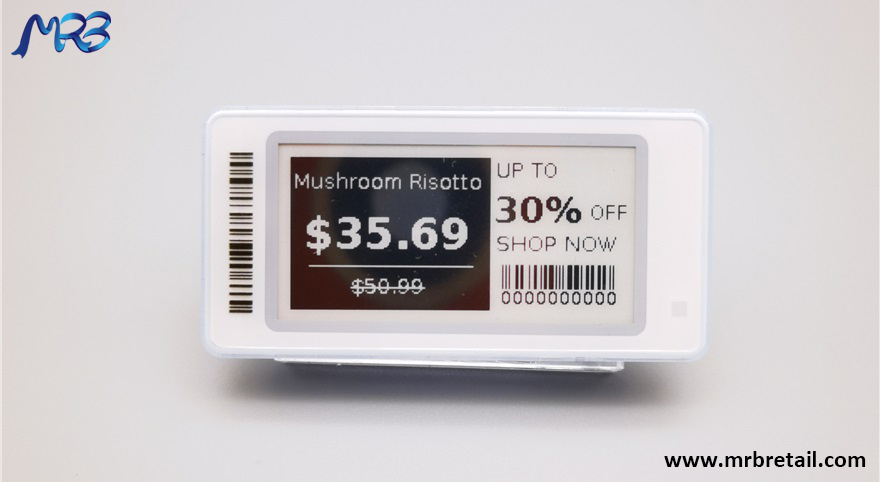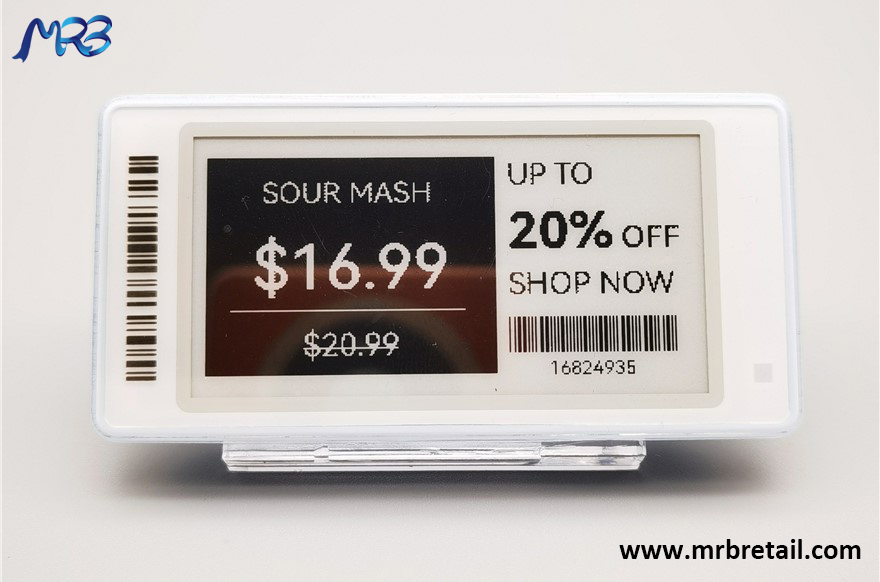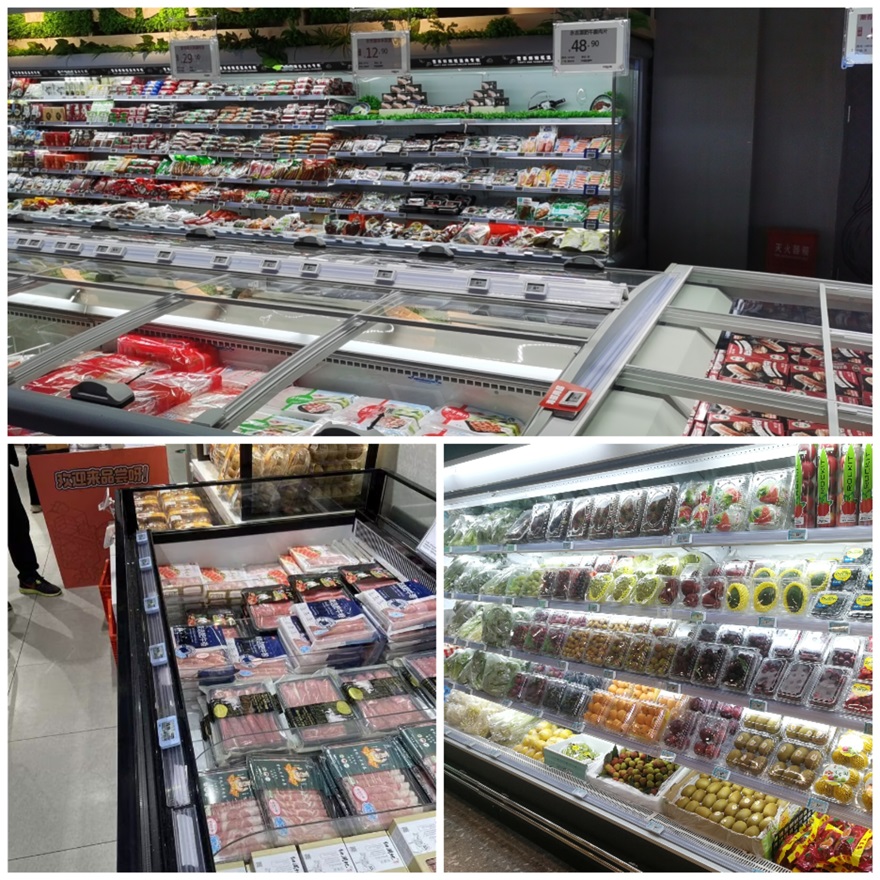From paper price tags to electronic price tags, price tags have made a qualitative leap. However, in some specific environments, ordinary electronic price tags are not competent, such as low-temperature environments. At this time, low-temperature electronic price tags appeared.
Low-Temperature ESL Pricer Tag is specially designed for freezing and refrigeration environments. It uses low-temperature resistant materials. These materials have good cold resistance and can maintain the stability of its structure and function in low-temperature environments. Make sure the price tag can work normally within the temperature range of -25℃ to +25℃.
Low-Temperature Digital Shelf Price Tag is mainly used in supermarkets, convenience stores, cold storage and other places where frozen and refrigerated products need to be displayed. These environments usually have higher requirements on the operating temperature of electronic devices, and the low-temperature digital shelf price tags just meet this requirement. They can clearly display product prices, promotional information, etc., helping consumers quickly understand product information and improve the shopping experience.
In frozen and refrigerated areas, traditional paper labels are prone to moisture, blurring or falling off due to low ambient temperatures. Low-temperature digital price tags can solve these problems and ensure that consumers can always see clear and accurate product price information, improving customers' shopping experience. The low-temperature ESL price tag can update price information in real time in a low-temperature environment, avoiding the cumbersome process of manual label replacement and improving the efficiency and accuracy of commodity price management.
Low-temperature electronic pricing tags use electronic ink display technology, which has the characteristics of low power consumption, high contrast and high definition. It does not require additional energy-consuming equipment such as backlights, so it has obvious advantages in energy conservation and environmental protection. In addition, they can also achieve remote control and management, helping to reduce the waste of human and material resources. Nowadays, supermarkets and convenience stores have begun to use electronic pricing labels to replace traditional paper price tags. At the same time, the application fields of electronic pricing labels are also constantly expanding. The development of the era of intelligent technology has enabled new retail to promote transformation and reform of the entire industry, and electronic price tags will eventually become an inevitable trend in the development of the era.
Post time: Mar-08-2024



